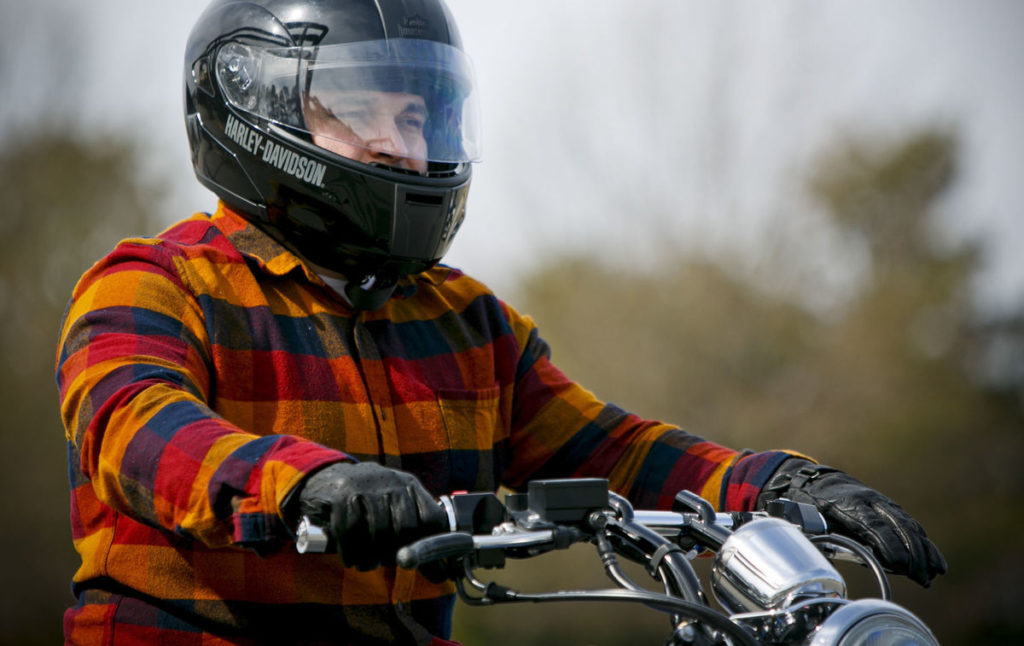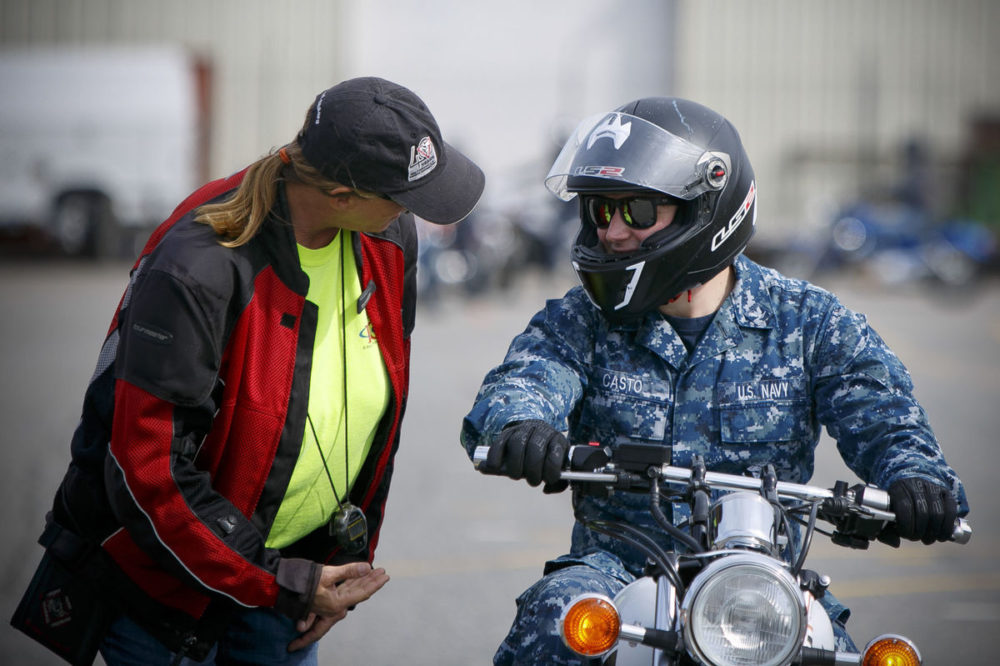U.S. Navy Keeps Riders Safe with Mandatory Training
Teaching riders to combat road hazards with the same level of diligence and dedication you’d expect from our military.
One universal personality trait of Harley-Davidson riders — and motorcyclists in general — is a love of freedom. It stands to reason, then, that the servicemen and women who protect our nation would flock to riding as an escape from the stress of keeping America safe.
Many soldiers returning home from deployment find themselves with some money burning a hole in their pocket. For a great many, that goes towards the purchase of a shiny new motorcycle.
Unfortunately, like combat, riding a motorcycle is inherently dangerous. The military extensively trains our servicemen and women before sending them into battle. It makes perfect sense, then, that the military requires mandatory motorcycle safety training, as recently covered in The Virginian-Pilot.

First required in 1983, the training was updated in 1988 to be more comprehensive. While the military contracts the training out, it’s most often administered by military veterans who have the experience and skills needed to train the next generation of riders.
“We have a high percentage of ridership with the military, so their initial safety course is to help them decide if they want to be a rider and, if they are, to give them the tools to be safe on the road,” trainer Mitch Hrdlicka, project manager for Navy Region Mid-Atlantic’s program, tells The Virginian-Pilot.
Regardless of how long you’ve been riding, the training is required if you want to ride your motorcycle on-base. Many who thought of themselves as experienced riders find that they have a lot to learn when taking the required basic rider course.
Continuing education is important, too, so if a service member enjoys the course and buys a bike of their own, they are required to take an advanced rider course within sixty days. Furthermore, a refresher course is required every three years. It’s a great way to keep riders from becoming complacent and developing bad habits.
Even if you aren’t currently in the military, we can all benefit as riders from that level of discipline. If you haven’t taken a rider safety course recently, we highly recommend signing up for one to sharpen your skills and add to your rider’s toolbox.

